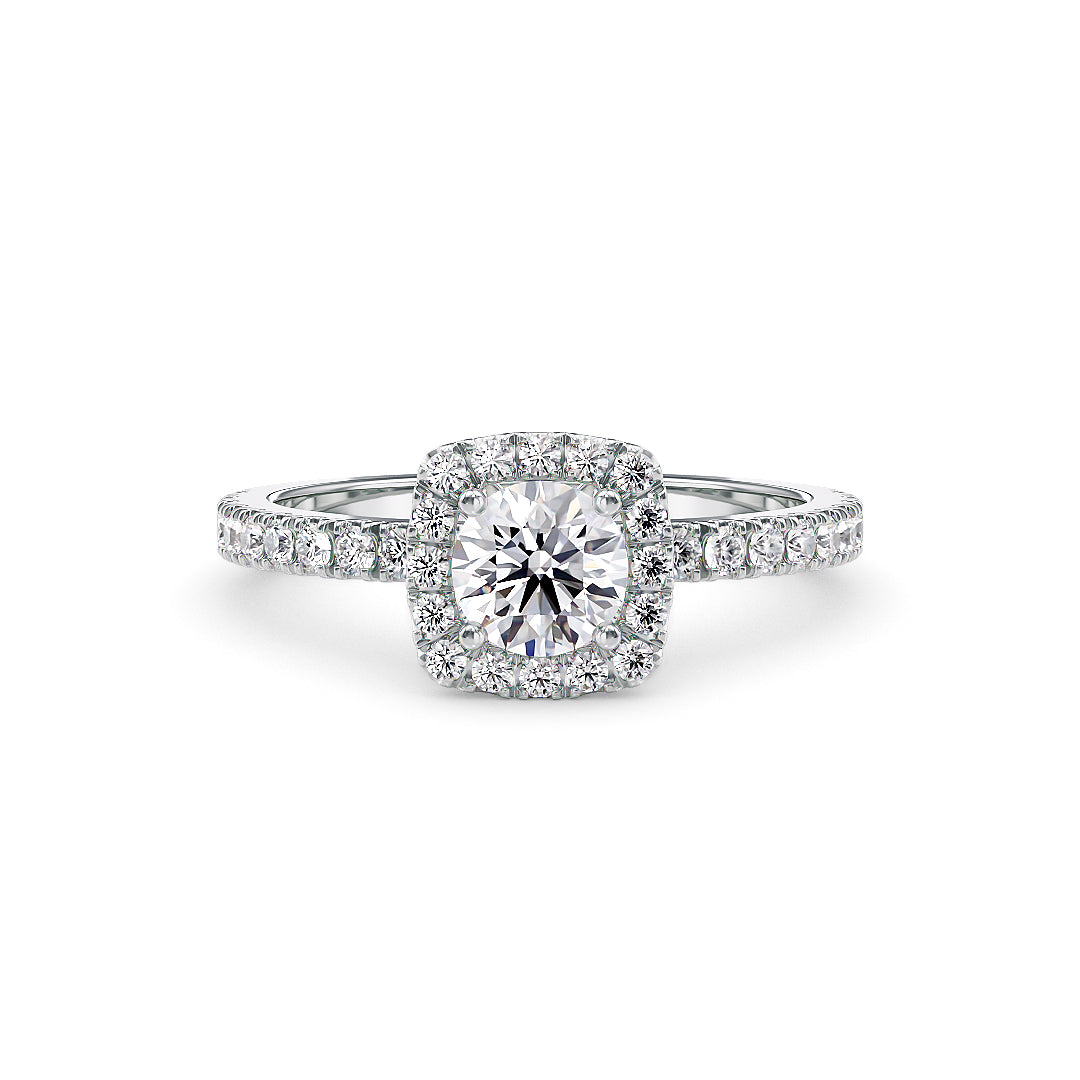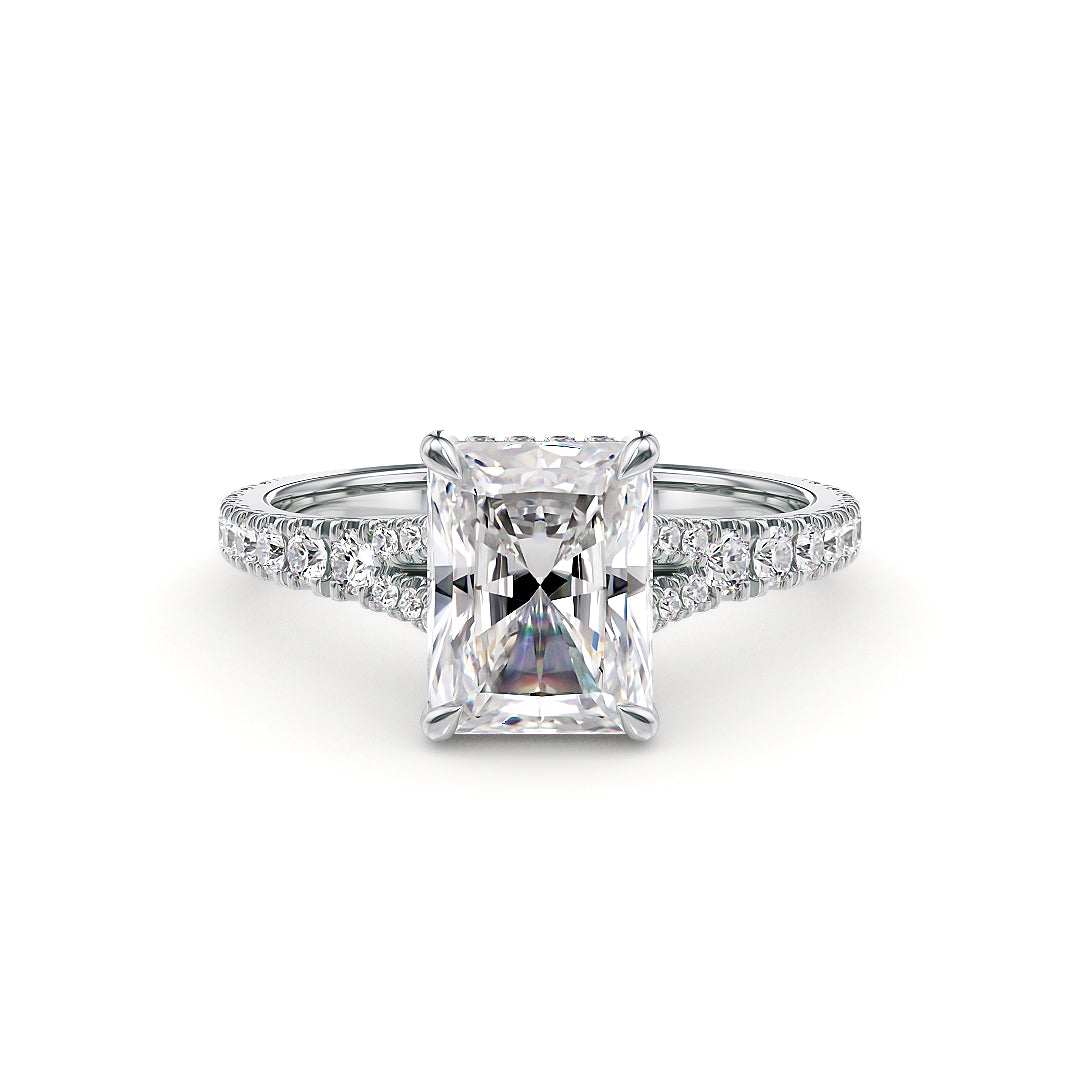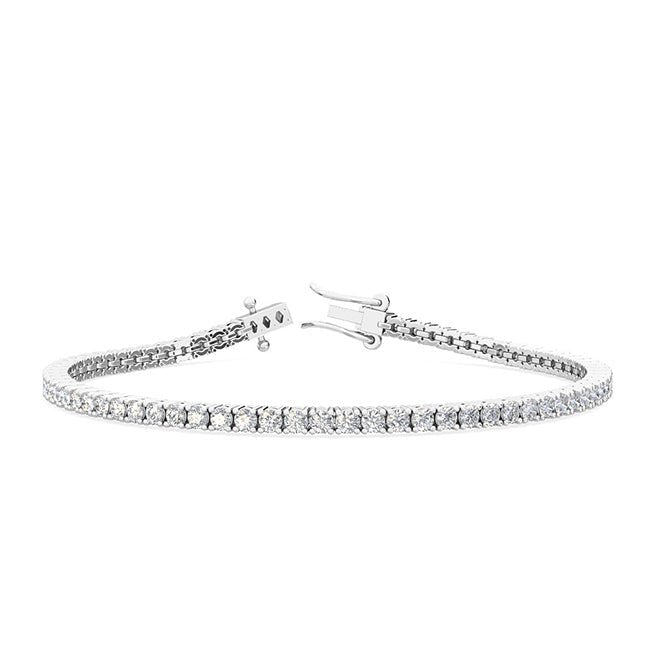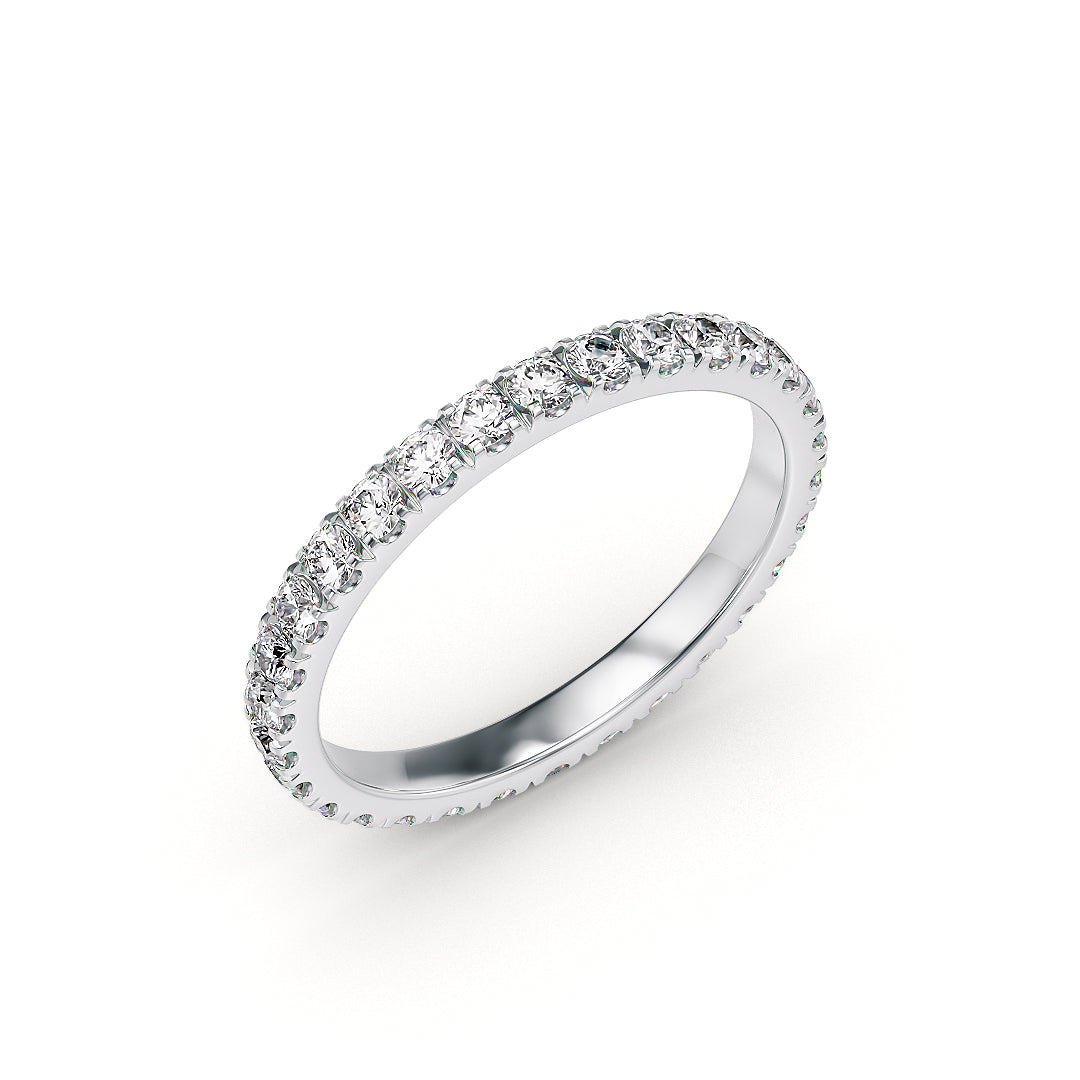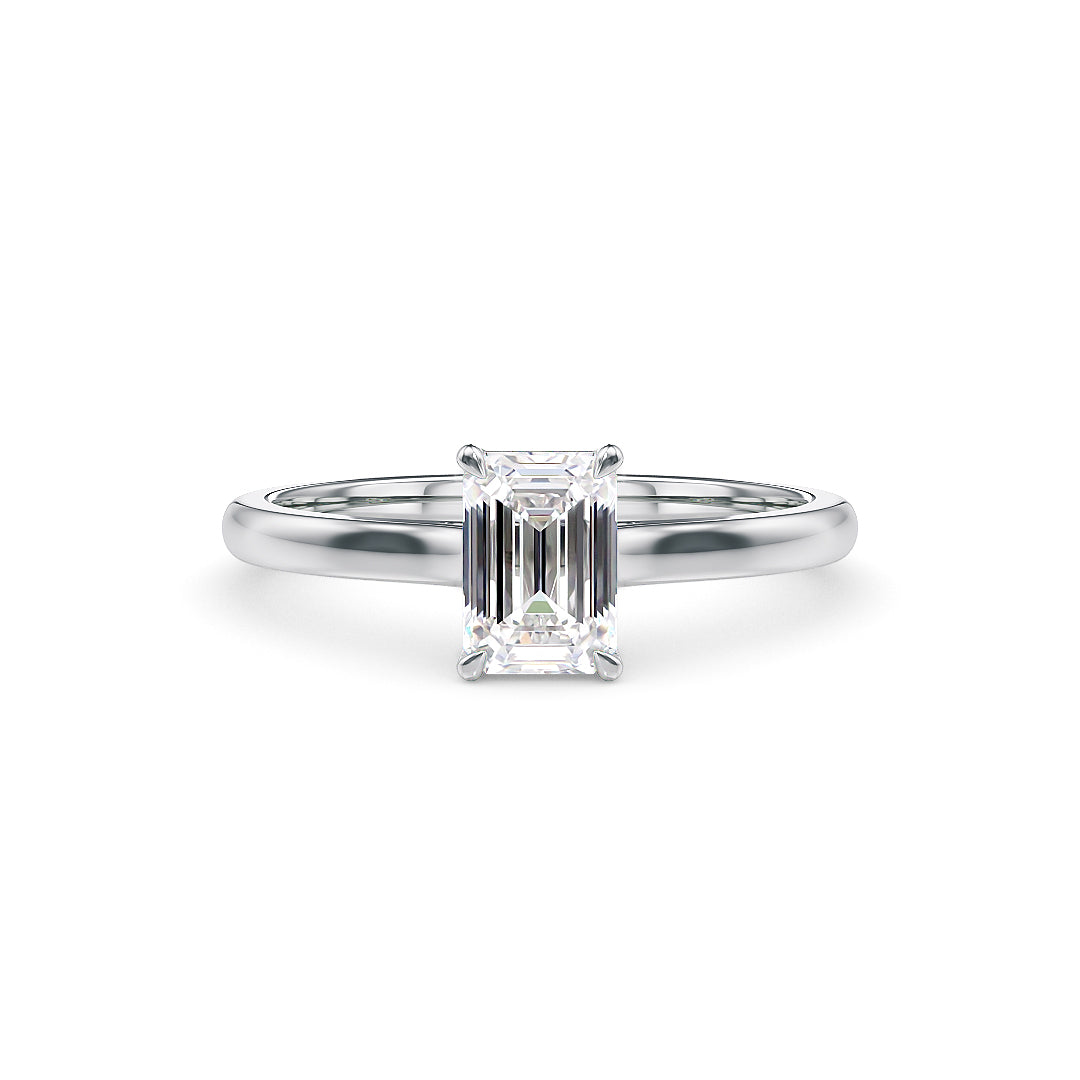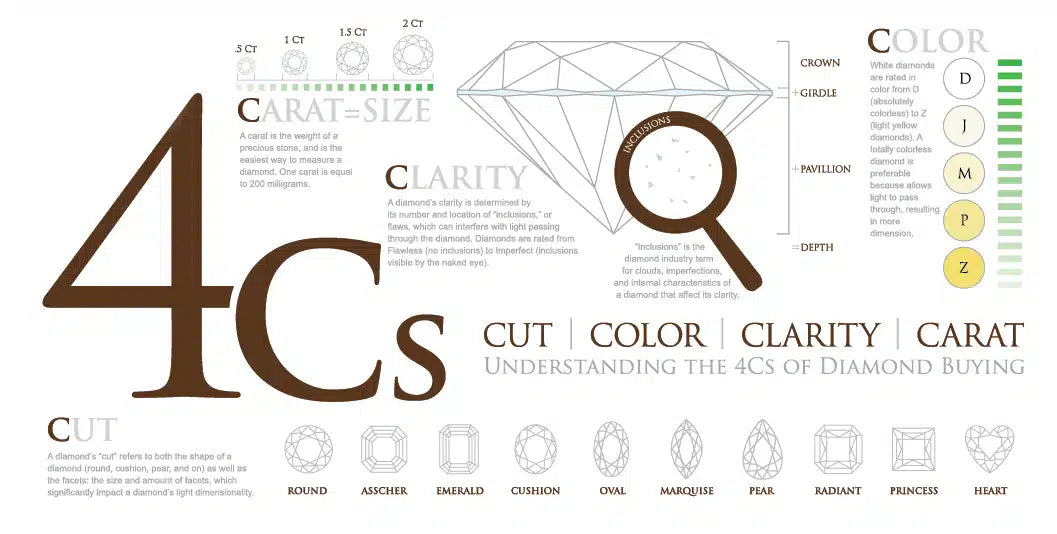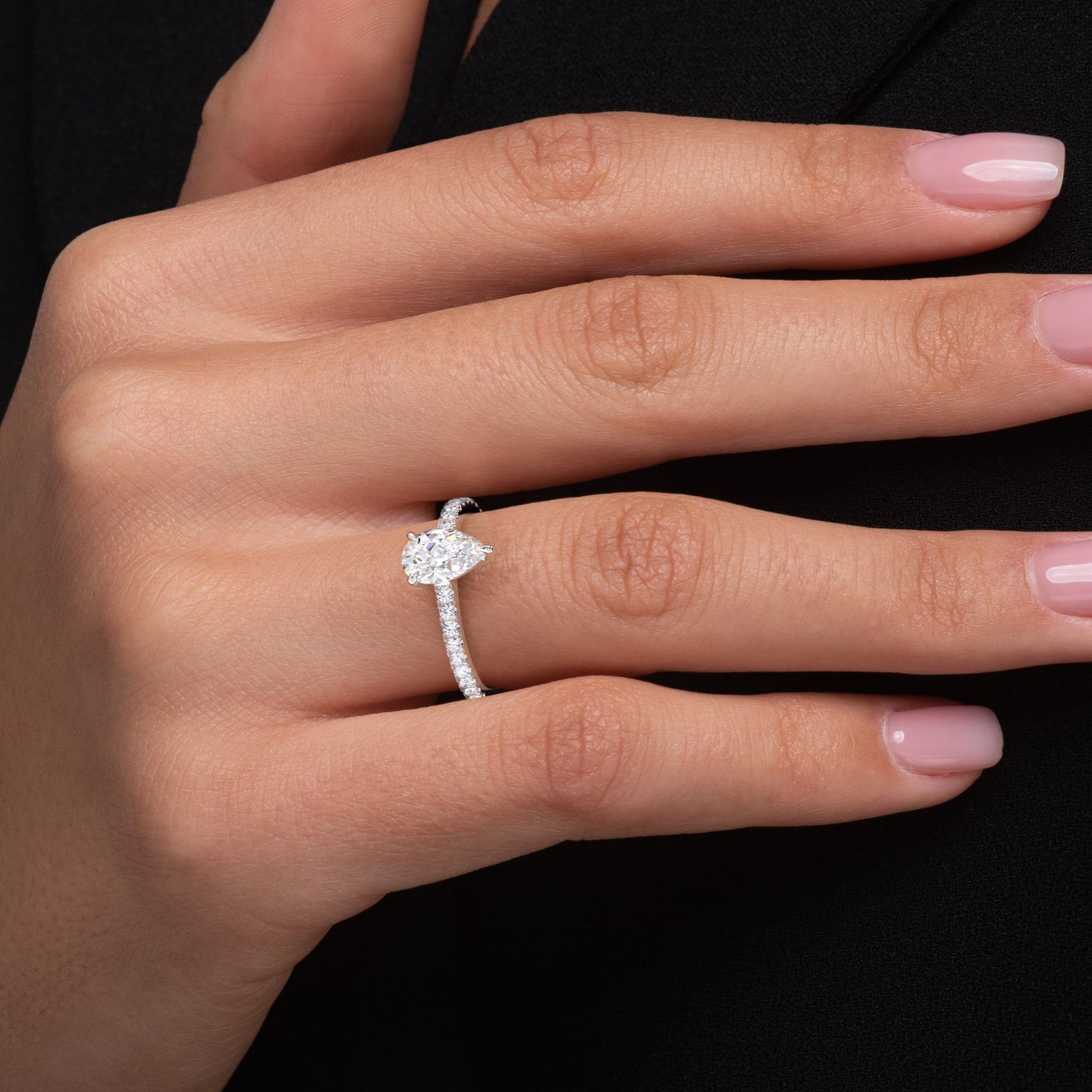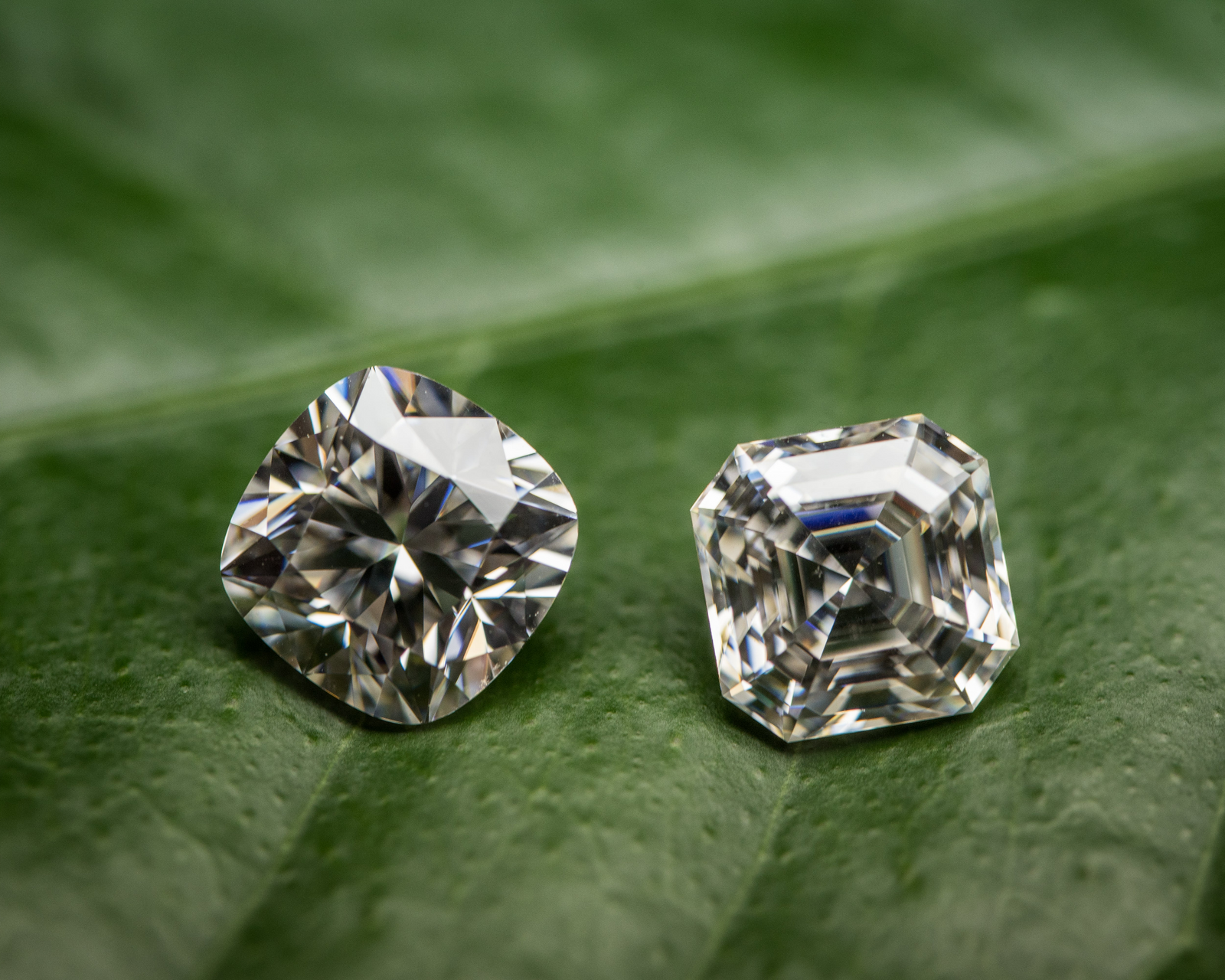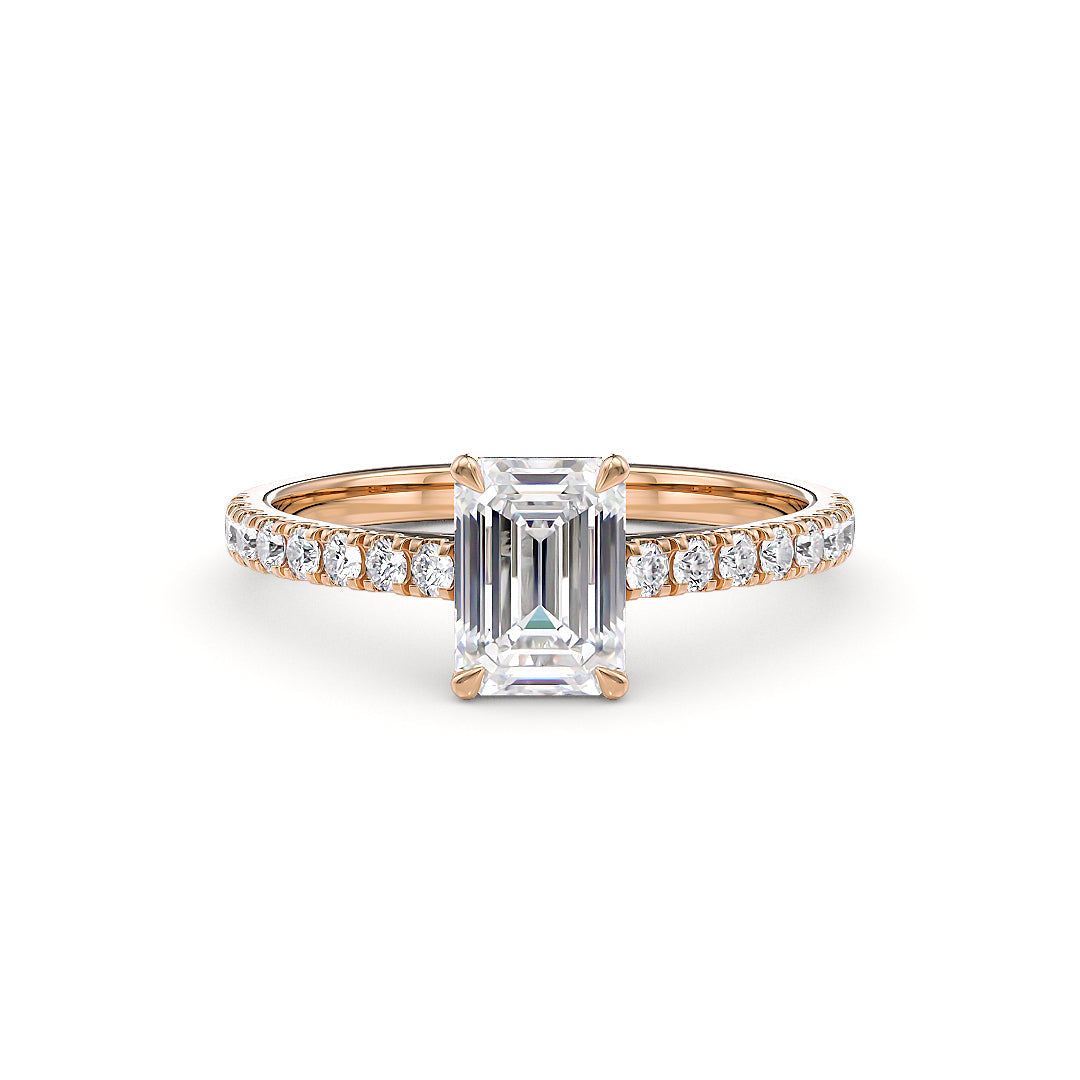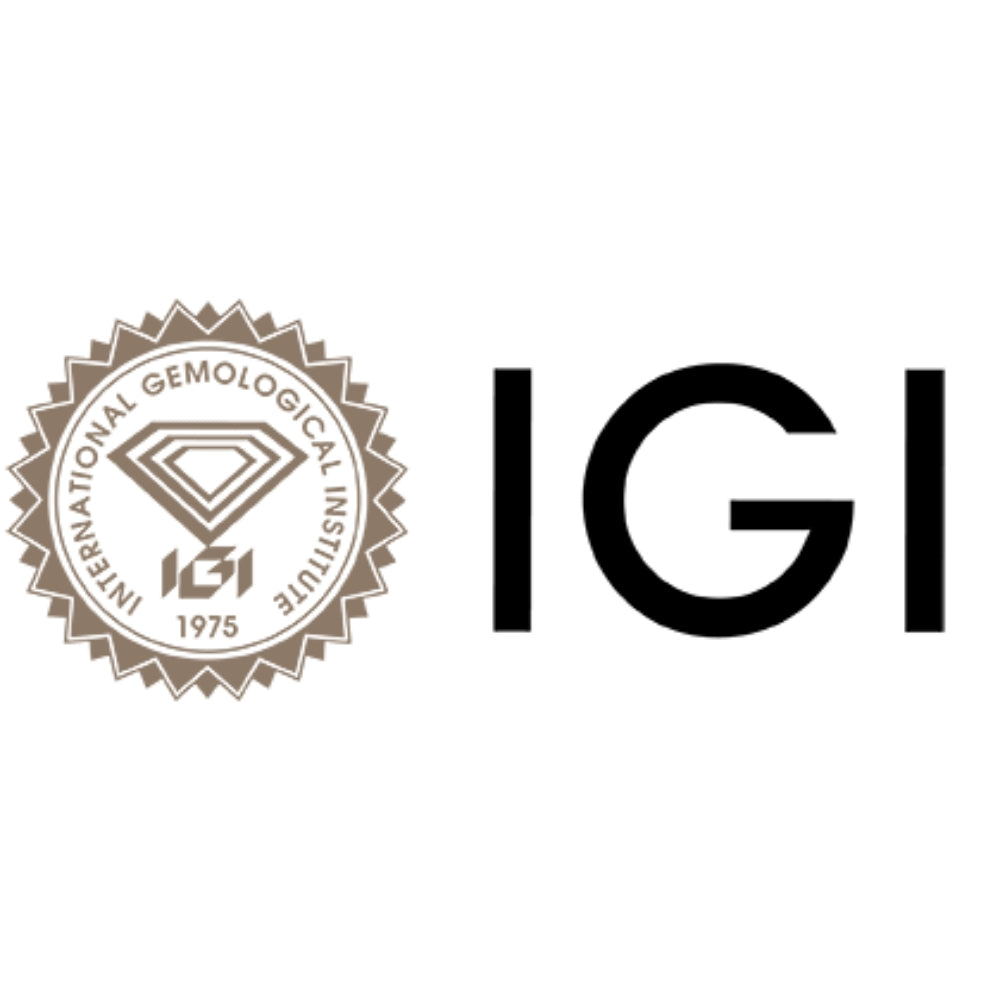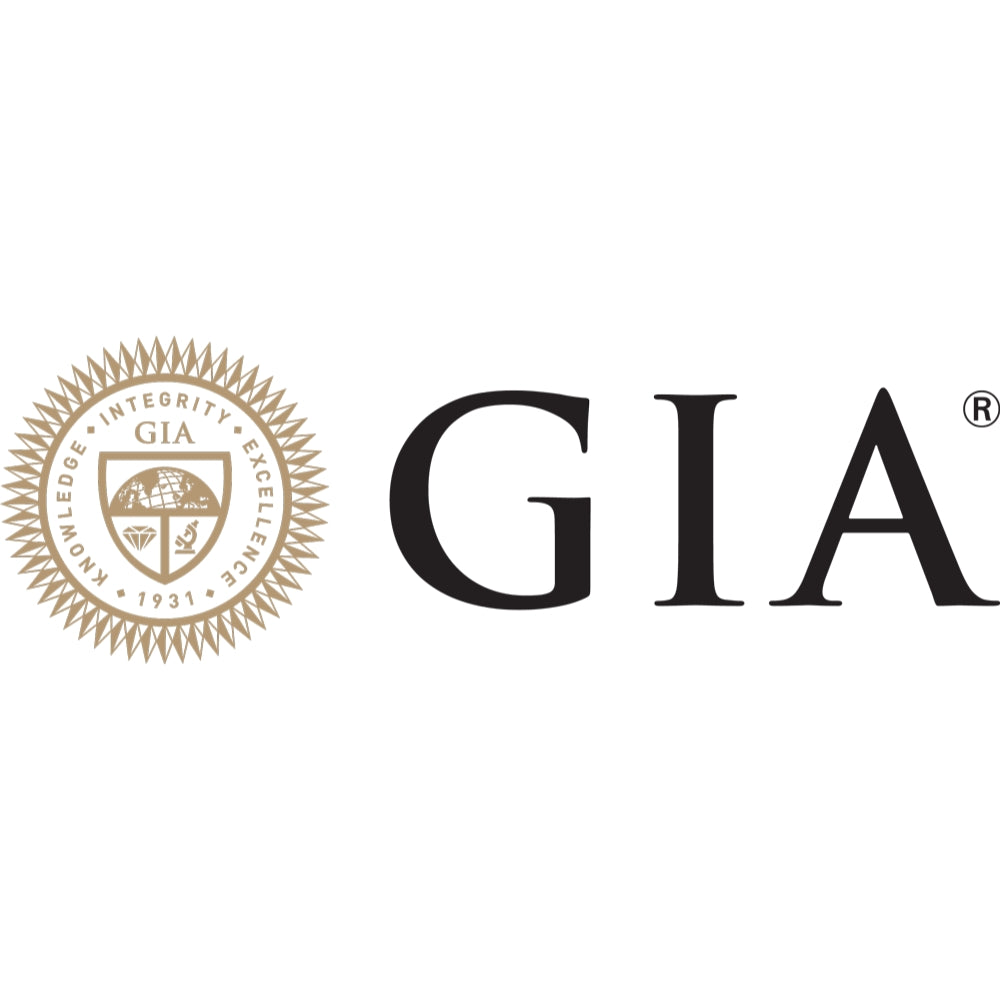A engagement ring is more than just a piece of jewelry - it is a symbol of love, eternity and promise of a future together. But when buying a diamond ring, many couples face the big question: What should you pay attention to? What is more important - color, carat, grinding or purity?
In this article we explain easily to you which these four diamond characteristics (also called the 4 CS) have what influence appearance, quality and price - and what really matters.
1. The 4 CS: What is behind it?
Before we set the priorities, we take a quick look at the meaning of the 4 CS:
- C for carat (karat): weight or size of the diamond.
- C like color (color): color level of the stone - from colorless to slightly yellowish.
- C for cut (cut): How well the stone is grinded - influences sparkling.
- C for Clarity (purity): How free the stone of inclusions or mistakes is.
2. The most important factor: the cut (cut) ✨
If you just want to prioritize a criterion - then pay attention to the cut! Why?
- A good cut ensures maximum sparkle and brilliance.
- Even a larger stone looks boring when it is badly sanded.
- Split qualities range from “Poor” to “Excellent” - at least “very good” strives. At Stellini we only have excellent.
Our tip: Better a smaller stone with excellent grinding than a big one that looks dull.
3. Karat - how important is the size? 💎
Many combine karat to "the more, the better" - but:
- Karat describes the weight, not the diameter.
- A heavy stone with a bad cut can look smaller than a lighter with top cut.
- Larger caratal elections drive the price up strongly.
Recommendation: Find a balanced level - e.g. B. 0.5–1 carat is ideal for many.
4. Color - how do you know the diamond? 🎨
Diamonds are available in different dyes - from D (high quality, colorless) to Z (clearly yellowish).
- Most rings are slightly tinted in the G - H area, but still very white for the mere eye.
- The color becomes more visible when the stone is larger.
We recommend the colors D to F.The highest quality is therefore guaranteed.
5. Purity - how important are inclusions? 🔍
Every diamond has tiny irregularities - so -called inclusions.
- The purity is evaluated from FL (Flawless) to i3 (enclosed).
- Most inclusions are not visible with the naked eye - this is called "Eye Clean".
Note: Dear Si1 or from VS2 with invisible inclusions.
6. What is really important?
Here comes a rough rule of thumb how you can prioritize:
feature | importance | Why?
------------|---------------|----------------------------------------
cut | 🔥 Very high | Responsible for brilliance & sparkle
Color | 👍 Medium -high | Visible - depending on the ring material
purity | 👍 Medium | Hardly visible when "Eye Clean"
carat | 👌 Personal | A matter of taste & budget question
Conclusion: it depends on the overall picture
A beautiful engagement ring not only lives from numerical values - but how the diamond works in interaction. A well -sanded stone with harmonious color and "clean" appearance is often more impressive than a pure but poorly ground giant.
Place on quality before quantity and orientate yourself to your partner's style and taste. Because in the end only one thing counts: that the ring lets her shine.
FAQ - frequent questions
· What is more important: size or cut?
Clearly: cut! A small, well -sanded stone sparkles more than a large, poorly sanded.
· From what purity is the stone "clean"?
From Si1 or better - as long as no inclusions with the naked eye are visible. But take care of here! Many jewelers cheat here. Look at the stone very well.
· What color should a engagement ring have?
D-F is a good compromise of price and optics. With yellow gold it can also be a G.

